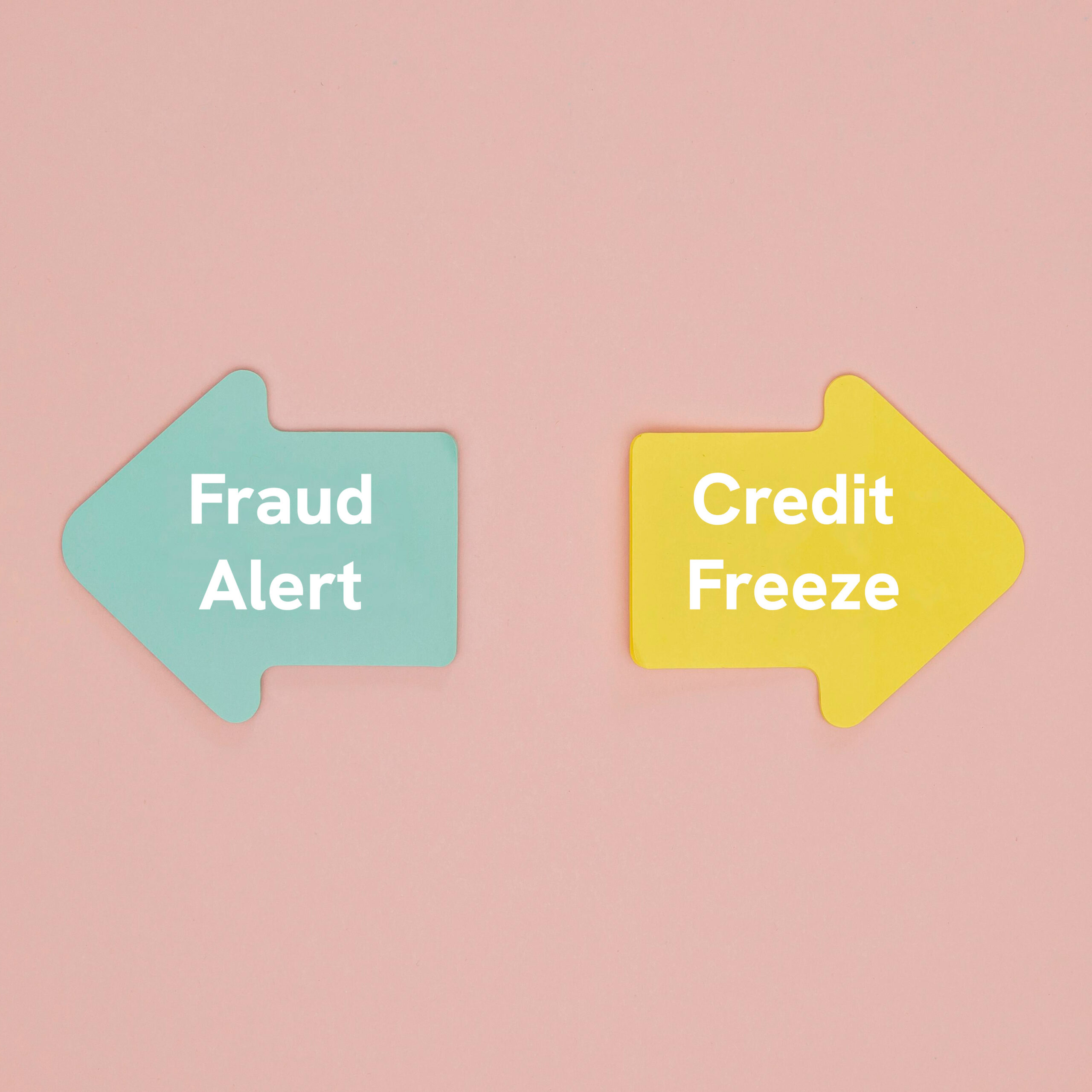How to Choose the Right Home...

Holiday Travel and TSA Precheck Scams
Holiday Travel and TSA PreCheck Scams
Family Finances | FRAUD

Do you like waiting in airport security lines during the holidays? Most likely not. Scammers know this and send emails that look like they’re from TSA PreCheck, a service offered by TSA to speed things up. But it’s important to note, these emails are not from TSA. These emails want you to click a link that takes you to a scam website that looks like the official website. If you pay to “enroll” or “renew” your TSA PreCheck, you may not even know you’ve just paid a scammer until you arrive at the security line for your next flight.
How do you spot these scams?
First Time
If it is your first time applying for TSA PreCheck, you won’t pay any application fee online. You must complete the application and pay in person at a TSA enrollment center.
Reminder: Only a scammer will ask you to pay online.
Renewing TSA PreCheck
If you’ve already enrolled in TSA PreCheck, you can renew and pay in-person or online. The real TSA does send out renewal reminder emails, but it is smart to always go directly to tsa.gov/precheck rather than clicking on any links.
Avoid Scammers
To avoid scammers, here are a few tips:
- Don’t click links in unexpected emails or text messages
- Don’t be rushed to make a payment
- Always start at tsa.gov/precheck
Reminder: All TSA PreCheck sites are .gov, not a .com or .org
More information about enrollment: How do I apply for TSA PreCheck?
The content provided in this blog is for informational purposes only. Nothing stated is to be construed as financial or legal advice. Some products not offered by JVB. JVB does not endorse any third parties, including, but not limited to, referenced individuals, companies, organizations, products, blogs, or websites. JVB does not warrant any advice provided by third parties. JVB does not guarantee the accuracy or completeness of the information provided by third parties. JVB recommends that you seek the advice of a qualified financial, tax, legal, or other professional if you have questions.
Related Articles
How to Choose the Right Home for You
How Changes in Life Can Save You Money
How Changes in Your LIfe Can...
Roth IRA vs. Traditional IRA: Which is Right for You?
Roth IRA vs Traditional IRA:...
















